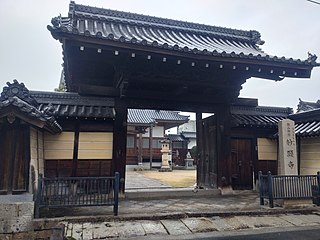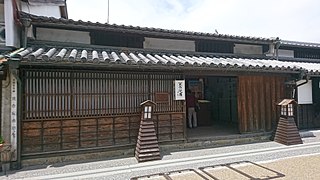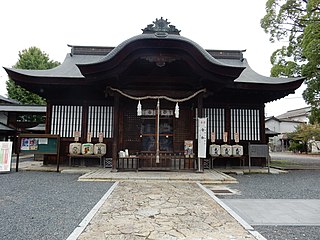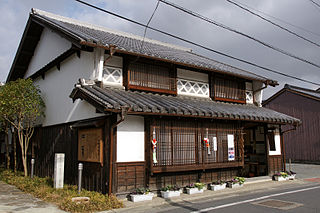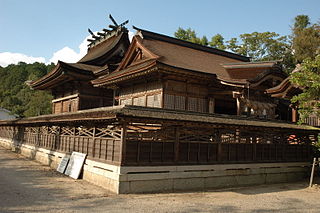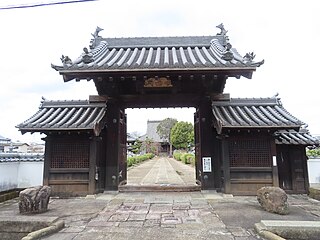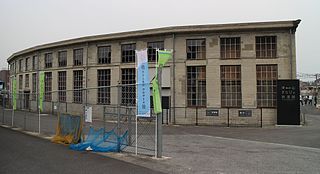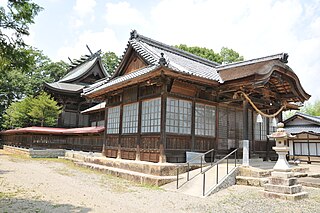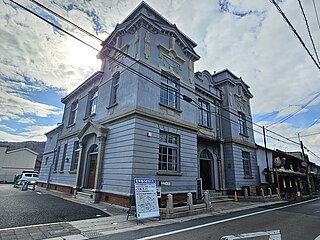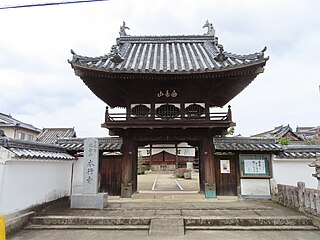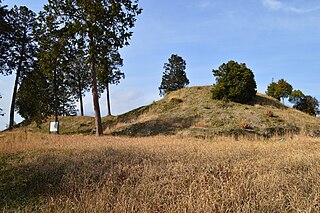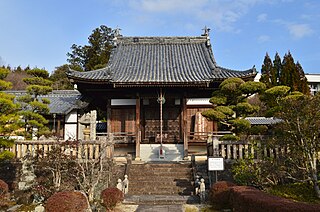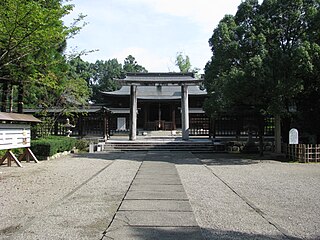15 Sights in Tsuyama, Japan (with Map and Images)
Legend
Welcome to your journey through the most beautiful sights in Tsuyama, Japan! Whether you want to discover the city's historical treasures or experience its modern highlights, you'll find everything your heart desires here. Be inspired by our selection and plan your unforgettable adventure in Tsuyama. Dive into the diversity of this fascinating city and discover everything it has to offer.
Sightseeing Tours in Tsuyama1. Tsuyama Castle Ruins
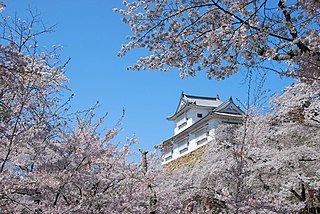
Tsuyama Castle is a Japanese castle located in the Sange neighborhood of the city of Tsuyama, Okayama Prefecture, in the San'in region of Japan. Tsuyama considered one of Japan's three major hirayama style castles along with Himeji Castle and Matsuyama Castle, which were all constructed around the same time. During the Edo period, Tsuyama castle served as the primary residence of the daimyō of the Tsuyama Domain under the Tokugawa shogunate. The castle was also called Kakuzan Castle . It has been protected by the central government as a National Historic Site since 1963.
2. Kakuzan Park
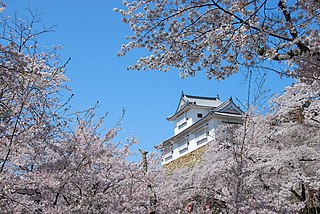
Tsuruyama Park is a historical park located in Tsuyama City, Okayama Prefecture, Japan. The center of Tsuyama Castle, which had been paid to the private sector by the Meiji castle abolition decree, was owned by the town at that time, and in 1900 (Meiji 33), it was opened to the public as Tsuruyama Park. It is also called Tsuruyama Park. The old place name is "Tsuruyama", but the common name of the castle and the name of the park is "Kakuzan".
3. 法雲山 妙願寺
Myōganji Temple is a temple of the Jodo Shinshu Honganji sect located in Togawa Town, Tsuyama City, Okayama Prefecture. It is commonly known as "Tsuruyama Gobo". The name of the mountain was "Houn Mountain" and served as the tentacle of Mimasaka Province.
4. 国指定史跡 箕作阮甫旧宅
The former residence of Minosaku 阮甫 is the birthplace of Minosaku 阮甫, a Western-style scholar of the Tsuyama Domain, located along the former Izumo Highway in Tsuyama City, Okayama Prefecture, and is designated as a national historic site.
5. 徳守神社
Tokumori Shrine is a shrine located in Miyawaki, Tsuyama City, Okayama Prefecture, Japan. Tsuyama Clan's chief guard. The company is a prefectural company, and is currently popular with the clan members as the general guardian of the Tsuyama urban area.
6. 作州城東屋敷
Sakushu Joto Mansion is a building that reproduces a townhouse of the Edo period in the Joto district of Tsuyama City, Okayama Prefecture. It was built in 1993 by Tsuyama City for the purpose of being used as a rest area for tourists and for training in the townscape preservation movement. Inside the facility, there is a two-story wooden townhouse, a danjiri exhibition hall, and a fire engine warehouse.
7. 中山神社
Nakayama Jinja (中山神社) is a Shinto shrine in the Ichinomiya neighborhood of the city of Tsuyama in Okayama Prefecture, Japan. It is the ichinomiya of former Mimasaka Province. The main festival of the shrine is held annually on April 29. Although the kanji of the shrine's name is now pronounced "Nakayama", in the past the shrine was often referred to by its alternative pronunciation "Chuzen Jinja" or "Chuzen Dai-Gongen".
8. 長昌山 妙法寺
Myohoji Temple is a temple of Nichiren Buddhism located in Nishijimachi, Tsuyama City, Okayama Prefecture. In the precincts, there are the graves of Kano Nyorin (painter), Kanekei (swordsmith), Iizuka Takesai (literati painter), Takeko Takeuchi (educator), and others. The name of the mountain is Changchang Mountain. The former main temple is Kyoto Myokaku-ji Temple, and the Shrine of the Temple.
9. 津山まなびの鉄道館
Tsuyama Railroad Educational Museum is a railway museum in Tsuyama, Okayama, Japan, operated by West Japan Railway Company since 2 April 2016. It is based around the former Tsuyama Depot roundhouse, which was used to house a number of preserved locomotives since 2007.
Wikipedia: Tsuyama Railroad Educational Museum (EN), Website
10. 鶴山八幡宮
Tsuruyama Hachimangu is a shrine located in Tsuyama City, Okayama Prefecture, Japan. The deities of the festival are Tanda Besson, Empress Shen Gong, and Princess Gyokuyo. The former company name is Gosha. It is also called "Yago no Hachiman-sama".
11. 作州民芸館
The Sakushu Folk Art Museum is located in the Josai district of Tsuyama City, Okayama Prefecture, and specializes in folk crafts and local toys produced in Tsuyama City and the rest of Sakushu. Together with the Josai Romankan, it is "Tsuyama Town Station Josai".
12. 延寿山 本行寺
Hongyoji Temple is a temple of Nichiren Buddhism located in Nishijimachi, Tsuyama City, Okayama Prefecture, Japan. The name of the mountain is Mt. Enju. It flourished as a missionary base for Nichiren Buddhism in Mimasaka. The former main temple is Myokaku-ji Temple in Kyoto City, Tatsushi Hoen (Shigejukai). In the precincts is the grave of Shigeru Asahi, who is known for the Asahi lawsuit (human trial).
13. 美和山古墳群
The Miwayama Kofun cluster is a group of kofun burial mounds located in Ninomiya neighborhood of the city of Tsuyama, Okayama Prefecture, in the San'yō region of Japan. The tumuli were collectively designated a National Historic Site in 2015.
14. 美作国分寺
Mimasaka Kokubun-ji (美作国分寺) is a Tendai sect Buddhist temple in the Kokubunji neighborhood of the city of Tsuyama, Okayama, Japan. Its honzon is a hibutsu statue of Yakushi Nyōrai. The temple claims to be the successor to one of the provincial temples established by Emperor Shōmu during the Nara period. Due to this connection, the foundation stones of the Nara period temple were designated as a National Historic Site in 2004 with the area under protection expanded in 2009.
15. Sakura Shrine
Sakura Shrine is a Shinto shrine in the Jingo neighborhood of the city of Tsuyama in Okayama Prefecture, Japan. The main festival of the shrine is held annually on the second Sunday of April.The entire 30,189 square meters precincts of the shrine was designated a National Historic Site in 1922 as the 'Innoshō-no-yakata '.
Share
Disclaimer Please be aware of your surroundings and do not enter private property. We are not liable for any damages that occur during the tours.
